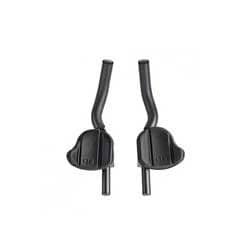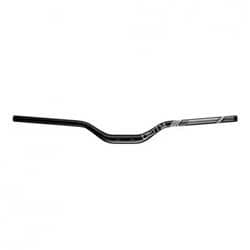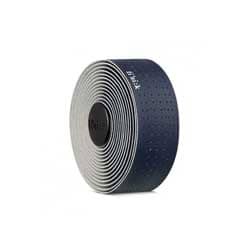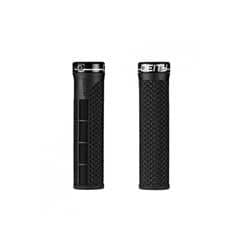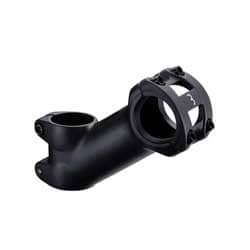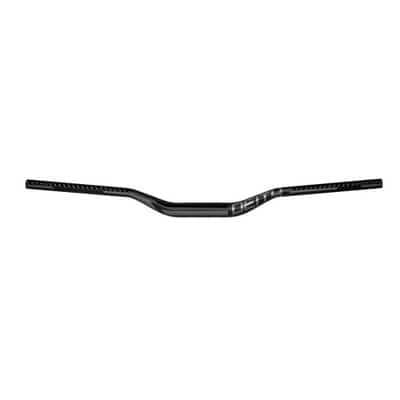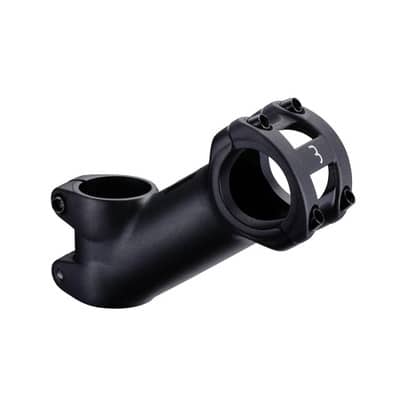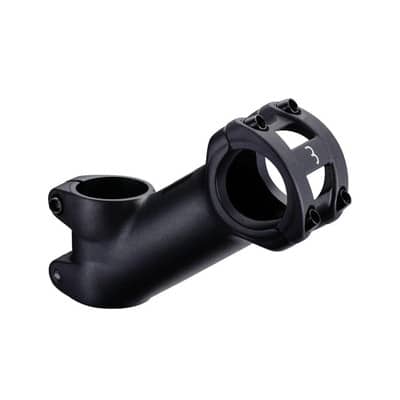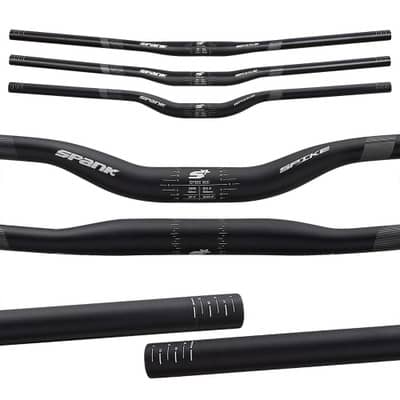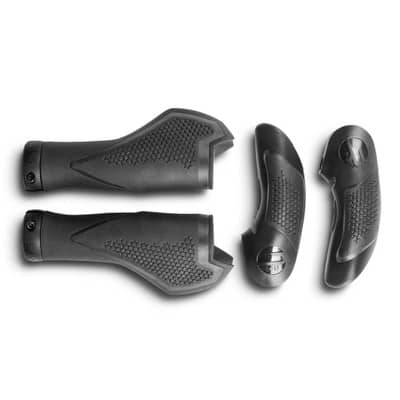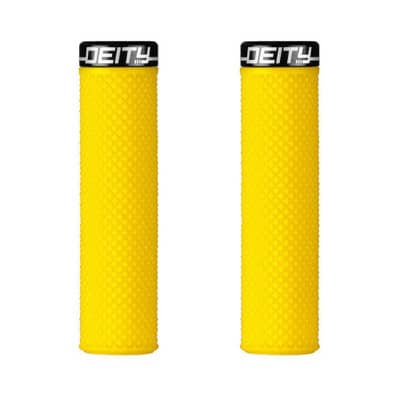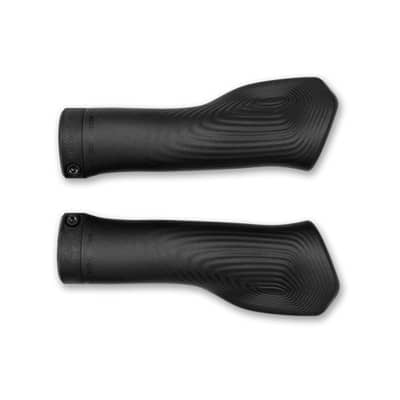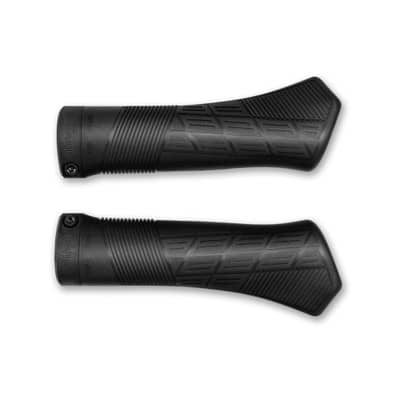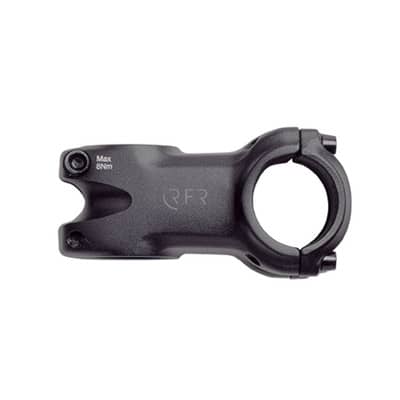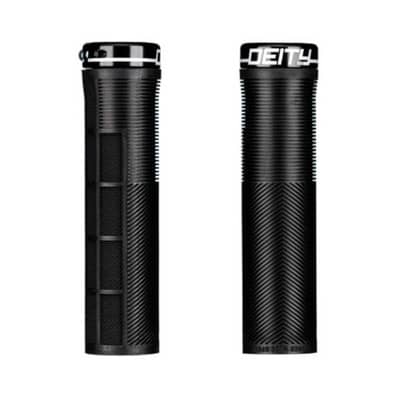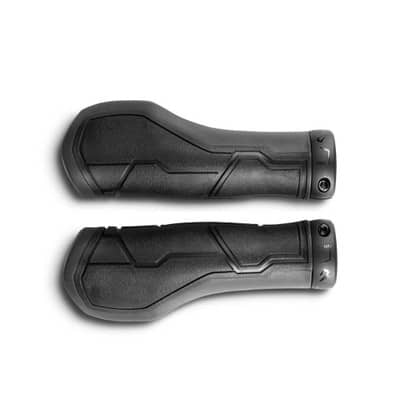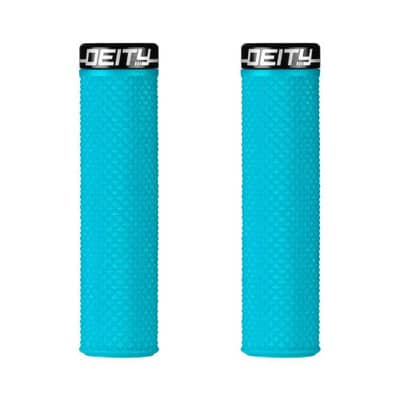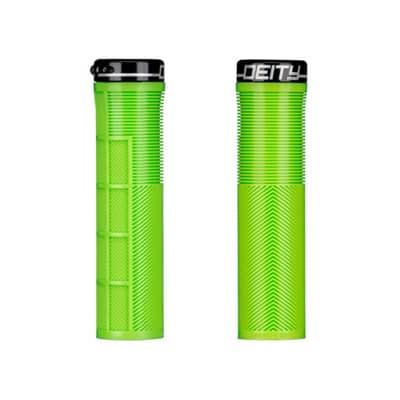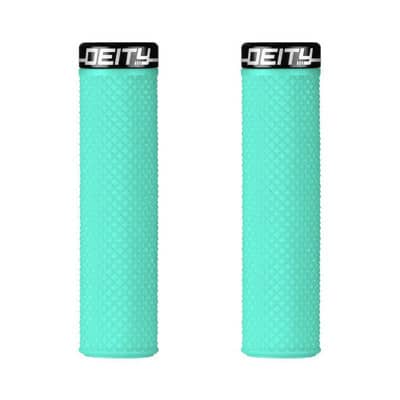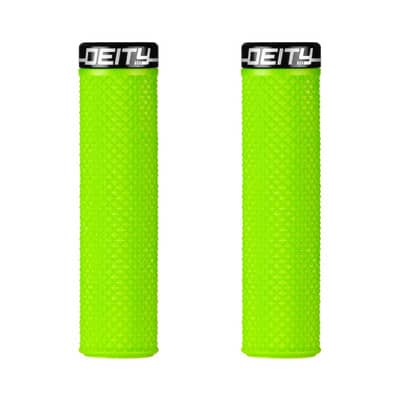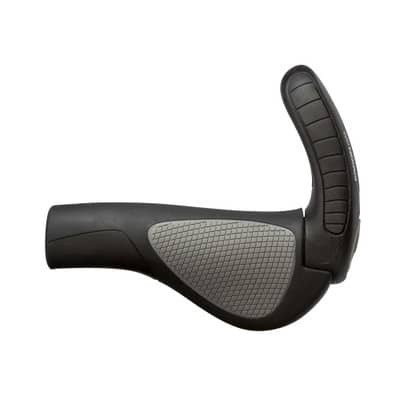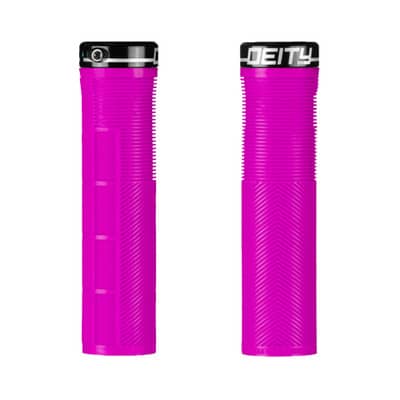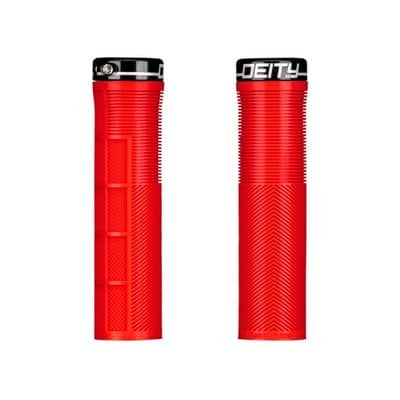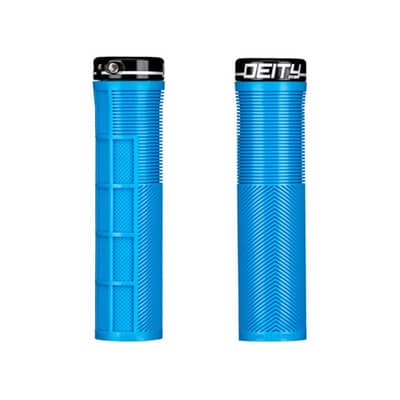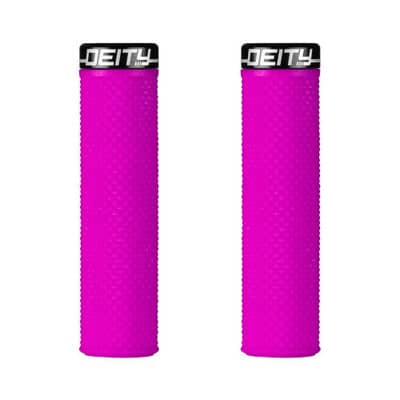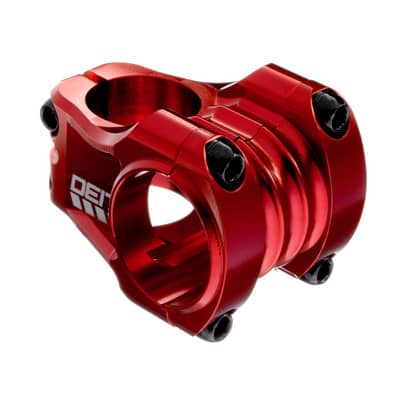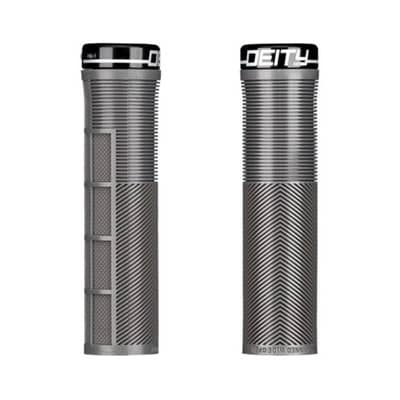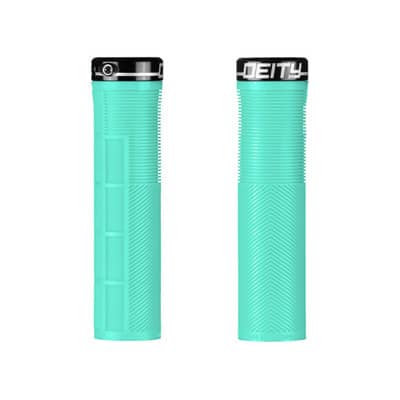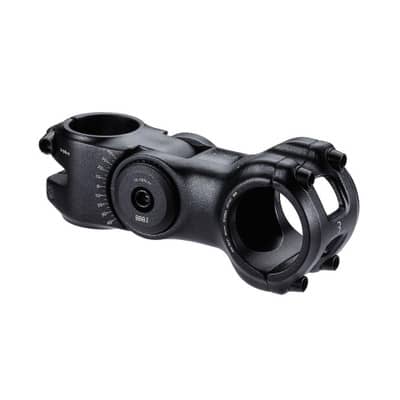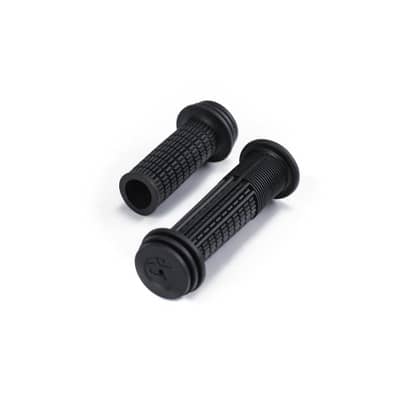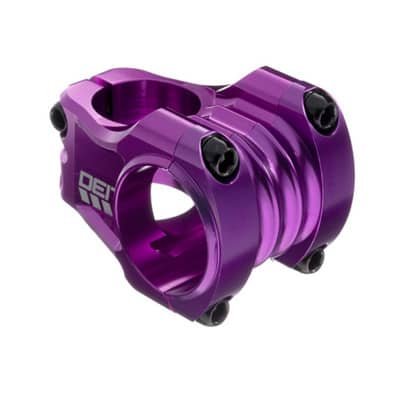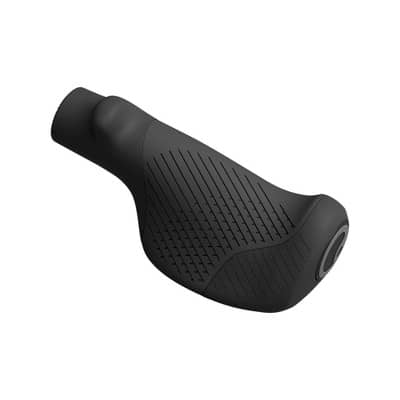Handlebars & Grips
Along with the saddle and pedals, the handlebar is one of the three central contact points when cycling and plays a decisive role in determining how controlled and comfortable you ride.
The handlebar adjustment or position plays an important role for an optimal sitting posture. The basic alignment of the bicycle handlebars depends on the type of bicycle and the area of use.
More Categories
-10%
89.99 80.99 €*
excl. shipping costs
In stock, available
35.99 €*
excl. shipping costs
In stock, available
35.99 €*
excl. shipping costs
In stock, available
-42%
85.90 49.90 €*
excl. shipping costs
In stock, available
-29%
-10%
104.99 94.49 €*
excl. shipping costs
In stock, available
47.99 €*
excl. shipping costs
In stock, available
9.95 €*
excl. shipping costs
In stock, available
-10%
104.99 94.49 €*
excl. shipping costs
In stock, available
blackweek -{{UVPPercentDiscount}}%
-{{UVPPercentDiscount}}%
{{#UVP}} {{UVP}} {{/UVP}} {{record.Preis}}*
{{#FreeShipping}} free shipping {{/FreeShipping}} {{^FreeShipping}} excl. shipping costs {{/FreeShipping}}
{{^onStock}}Lieferzeit: {{/onStock}}{{record.Lieferbarkeit}}
- {{caption}}
- {{caption}}
- {{caption}}
- {{caption}}
- ...
- {{caption}}
- ...
- {{caption}}
- {{caption}}
- {{caption}}
- ...
- {{caption}}
- {{caption}}
- ...
- {{caption}}
- {{caption}}
- {{caption}}
- {{caption}}
Which handlebar suits me?
The requirements for ergonomics, control and damping vary greatly depending on the area of use - from classic for the recreational cyclist to high-tech for the ambitious athlete. Handlebars vary in shape, height, width, position and material and have a significant influence on the riding position.
Basically, there are two types of handlebars
- the touring handlebar, which allows only one grip position and is equipped with grips, and
- the multi-position handlebar, which allows several grip positions and thus does not require grips.
Mountain bike handlebars, city bikes and Holland bikes are most often equipped with a touring bar. Mountain bike handlebars are straight and allow for good stability and control off-road. City bikes and Holland bikes have a slightly curved bar, called comfort handlebars, which allow a comfortable (more upright) riding position and give the rider a good overview on the bike.
Handlebars of road bikes or triathlon bikes are usually complex curved, so that several positions can be taken on the bike and an aerodynamic low seating position is possible. A handlebar tape is attached to the contact points. This increases grip, absorbs shocks and vibrations, and at the same time serves as thermal insulation in winter.
It is important to be clear about the area of application for which you are using the bike and what demands you have in terms of sitting posture, comfort and riding behavior.
Which material for the bicycle handlebars?
The material plays an important role in the choice of handlebars and is also dependent on the area of use. Basically, three different types of materials are used:
- Aluminum
- Carbon
- Steel
Aluminum, just like carbon, has the advantage of being extremely light and thus comfortable, especially on road bikes and high climbs. It shows hardly any signs of fatigue even under high loads. Carbon is somewhat lighter and more stable in comparison. This also makes it more expensive. With both materials, fractures do not announce themselves, but can happen abruptly. Bicycle handlebars made of steel are heavier, but breakage is indicated by deformation. Steel handlebars are therefore the recommended option for city bikes.
The optimal posture at the bicycle handlebars
A comfortable, back-friendly posture prevents back pain and relieves the hands and wrists. Ideally, the upper body should be tilted forward by 15°. The height of the handlebars should be at the same level as the saddle. Aerodynamic seating positions require an increased amount of training (of the back muscles) and practice (routine) so that the lower back is & remains supported and protected.
What are barends?
Barends are brackets that you mount on the ends of the grips to provide variable (more) grip options. This flexibility is a relief, especially on longer rides / tours.
What width should the handlebars have?
The rule of thumb says:
The width of the handlebars should correspond to the shoulder width of the rider. Otherwise, tension or neck and back problems may occur. It is important to note that wider handlebars can improve stability, cornering and control.
